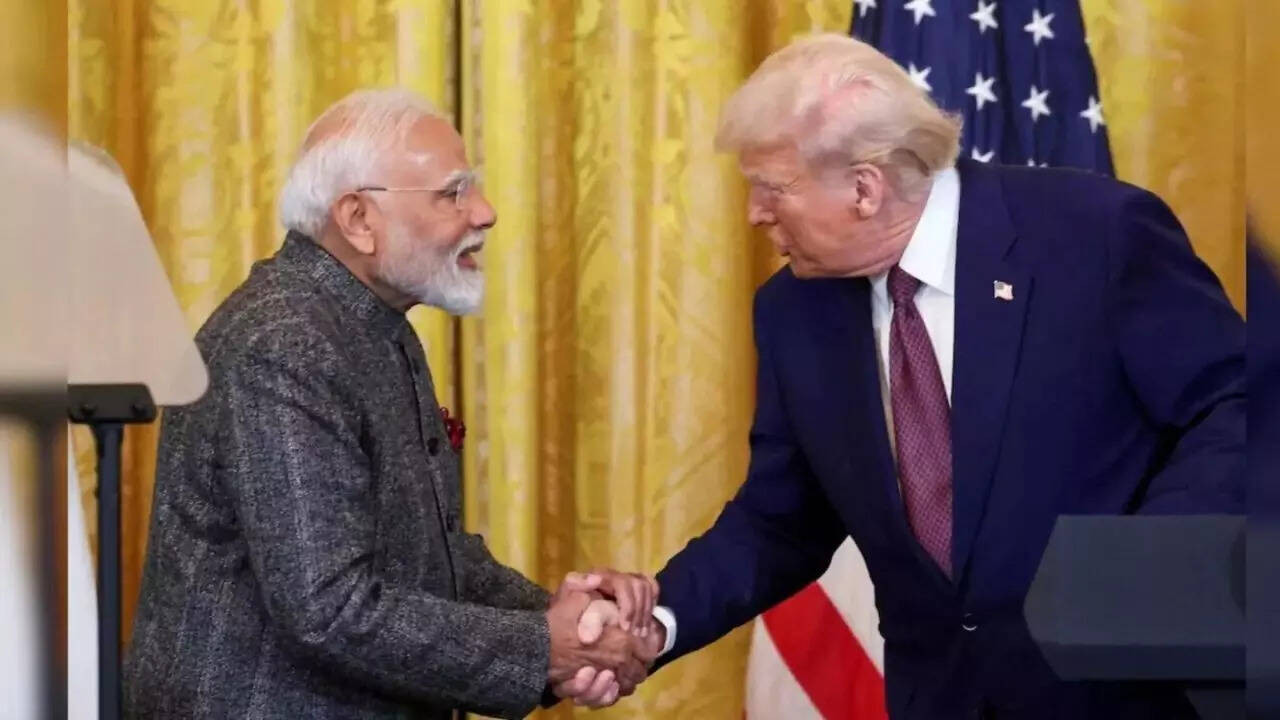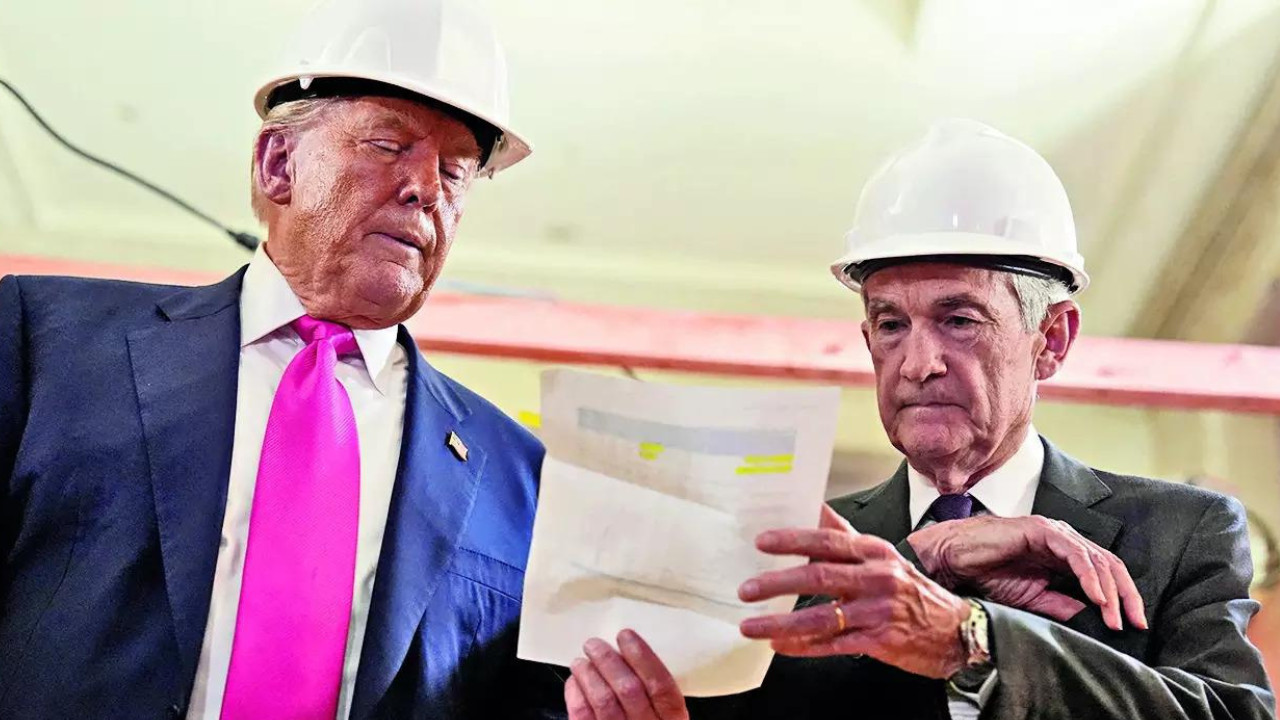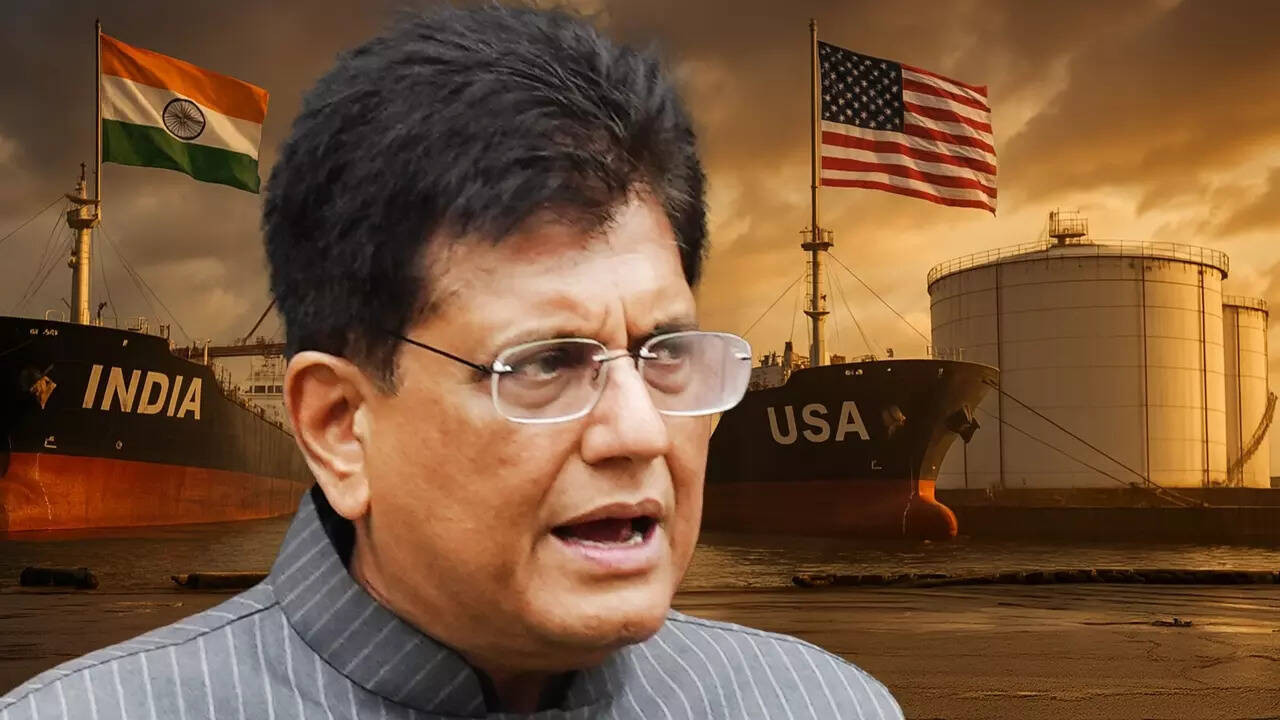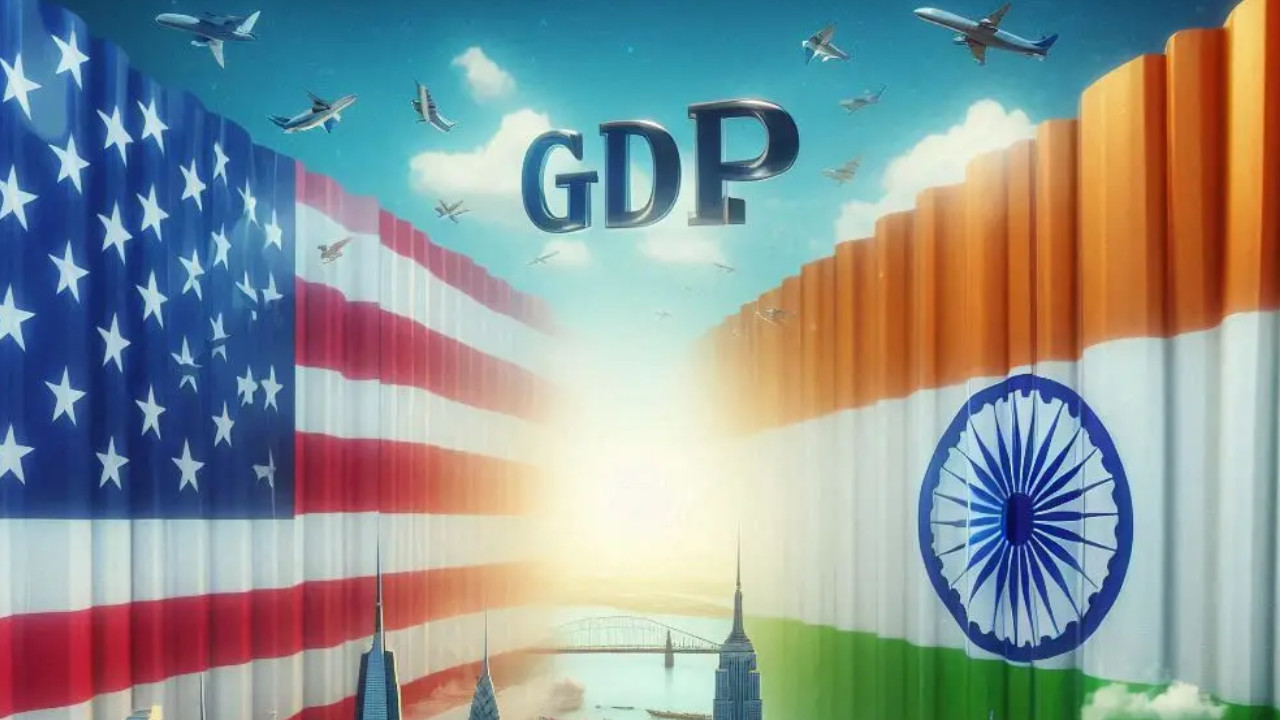An Indian commerce ministry team is preparing to visit Washington for further discussions with the U.S. regarding the ongoing tariff dispute and a proposed bilateral trade agreement. The talks will center on both the interim and first phase of the BTA, with the US having extended the suspension of additional duties on Indian goods until August 1.
Bridging the Divide: Can India and the US Forge a Trade Deal?
The air crackles with anticipation. Another round of high-stakes discussions is on the horizon as Indian negotiators prepare to travel to Washington, D.C., aiming to finally hammer out a comprehensive India US trade deal. With deadlines looming and long-standing disagreements needing resolution, the pressure is palpable. But what’s really at stake, and can these two economic powerhouses find common ground?
For years, the prospect of a robust trade agreement between India and the United States has danced tantalizingly close, promising significant benefits for both nations. Imagine a streamlined flow of goods and services, reduced tariffs, and increased investment, fostering economic growth and creating new opportunities. That’s the tantalizing vision. The reality, however, has been a complex and often frustrating negotiation, bogged down by disagreements over market access, agricultural products, and intellectual property rights.
The Sticking Points: What’s Holding Up an India US Trade Deal?
Several key issues continue to be thorns in the side of a smooth agreement. The US has long sought greater access to India’s vast agricultural market, particularly for products like dairy and poultry. India, understandably, is protective of its domestic farmers and has resisted opening its doors completely, citing concerns about the impact on local livelihoods. Intellectual property rights, especially in the pharmaceutical sector, are another contentious area. The US wants stronger protections for its patented drugs, while India prioritizes access to affordable medicines for its large population.
Beyond these major sticking points, a host of other issues, ranging from tariffs on steel and aluminum to digital trade regulations, add to the complexity. Each issue requires careful negotiation and compromise, demanding both sides to be willing to move beyond entrenched positions. The political climate in both countries adds another layer of complexity.
Why This Deal Matters: The Potential Benefits
Despite the challenges, the potential rewards of a successful India US trade deal are substantial. For the US, it opens up access to one of the world’s fastest-growing economies, a market of over a billion consumers with a rapidly expanding middle class. Indian businesses gain increased access to the lucrative US market, boosting exports and attracting foreign investment. A comprehensive agreement could also foster greater cooperation on strategic issues, strengthening the overall relationship between the two countries.

Consider the implications for specific sectors. Increased trade in agricultural goods could benefit American farmers and Indian consumers alike, albeit with careful management to protect domestic interests. Lower tariffs on manufactured goods could boost competitiveness and create new jobs in both countries. Simplified regulations for digital trade could foster innovation and growth in the tech sector. The benefits are multifaceted and far-reaching.
The Road Ahead: Will Compromise Prevail?
As the Indian delegation embarks on this latest round of talks, the question remains: can both sides bridge the existing divides and forge a mutually beneficial agreement? The stakes are high, and the pressure to deliver is immense. Finding common ground requires a willingness to compromise, a commitment to understanding each other’s perspectives, and a shared vision of the future.
Perhaps a phased approach, focusing on areas of common ground first, could pave the way for a more comprehensive agreement down the line. A commitment to transparency and open dialogue is also crucial to building trust and fostering a collaborative environment.
These negotiations occur against the backdrop of evolving global trade dynamics. For more on how global affairs impact our region, read our analysis of [the impact of global economic shifts on local businesses](internal-link-example).
Ultimately, the success of the India US trade deal hinges on the political will of both governments. A willingness to prioritize long-term strategic interests over short-term political gains is essential. If both sides can approach the negotiations with a spirit of compromise and a commitment to finding mutually beneficial solutions, then the prospect of a landmark agreement remains within reach.
Looking Ahead: A Moment of Opportunity
The upcoming negotiations represent a pivotal moment in the economic relationship between India and the US. The potential for a transformative trade deal exists, one that could unlock significant economic benefits and strengthen ties between these two vital nations. Whether or not this potential is realized depends on the choices made in the coming weeks and the commitment of both sides to building a future of shared prosperity. It’s a challenge, undoubtedly, but also an incredible opportunity.







